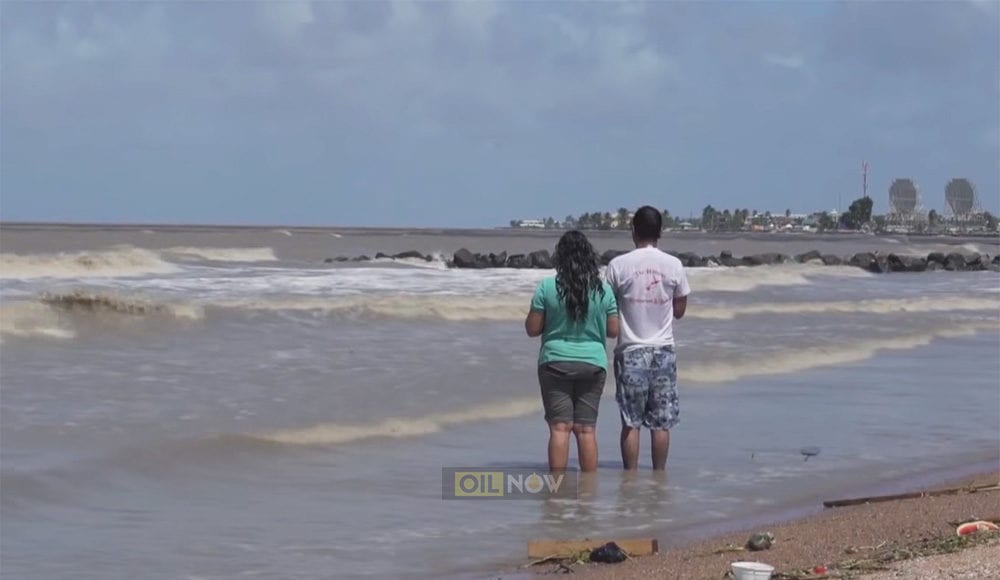Warning bells have been ringing in the South American country of Guyana ever since ExxonMobil made its first world class discovery at the Liza field back in 2015. With every discovery since then – 14 to date by Exxon and 2 by Tullow Oil – the chorus has become louder with some almost predicting with certainty that the small nation of 750,000 people will fall victim to the dreaded Dutch Disease.
Not necessarily so says Guyanese Economist, Bobby Gossai Jr. He believes that if the billions of dollars Guyana is set to receive in oil revenue is properly invested as part of a national development strategy, disaster can be averted.
“The real fear of the Dutch Disease, in short, is that the non-oil export sector will be squeezed, thereby squeezing a major source of technological progress in the economy. Nonetheless, this fear is vastly overblown if the oil proceeds are being properly invested as part of a national development strategy,” Gossai writes in his weekly OilNOW column – Energy Journal.
Explaining the need to refrain from spending much of the increased oil earnings, and

instead, build up financial assets, Gossai Jr. said when spending increases following an oil boom, the increased spending falls both on the traded and non-traded goods.
Traded goods include sectors such as cash agriculture and manufactures (processed foods), which are traded in regional and world markets. Non-traded goods include food production for local use (rice, sugar, other crops) or local services, he explained.
The rise in the relative price of non-traded goods to traded goods (or equivalently, the fall in the relative price of traded goods) is termed a real exchange rate appreciation, Gossai stated.
“In short, the rise in oil spending induces a shift of production away from traded goods (e.g., cash agricultural and manufactured export goods) and toward non-traded goods and services,” he said.
“These adjustments are not really a “disease” per se,” he pointed out. “The rise in non-traded production at the expense of (non-oil) traded production does not by itself constitute a “mistake” of market forces, but rather the only way that the economy can enjoy more of both traded and non-traded goods.”
Dutch disease is an economic term for the negative consequences that can arise from a spike in the value of a nation’s currency. It is primarily associated with the new discovery or exploitation of a valuable natural resource and the unexpected repercussions that such a discovery can have on the overall economy of a nation.
Gossai Jr. surmised that the Dutch Disease is a worry mainly if the oil boom is used to finance consumption rather than investment. “In that case, the non-oil traded sector might well be squeezed on a sustained basis, with adverse consequences for long-term growth,” he pointed out.
This, he said, is very unlikely if the oil earnings are properly used for public investments in economies largely bereft of public goods, especially infrastructure. “In that case, the positive benefits of increased public investments on the non-oil traded sector are appreciation,” he stated.
The International Monetary Fund (IMF) has said while Guyana’s medium-term outlook remains favorable, the commencement of oil production presents both opportunities and challenges. In order to ensure the effective use of windfall revenues, IMF said policies should focus on reducing macroeconomic vulnerabilities, addressing structural weaknesses, boosting inclusive growth, and promoting intergenerational equity.
Guyana will receive around US$7 billion dollars in revenue over the life of the Liza Phase 1 Development project and Rystad Energy estimates that the country could earn more than US$17.5 billion dollars when all the projects, including Liza Phase 1, are combined from 13 of the 14 discoveries made to date at Stabroek.



